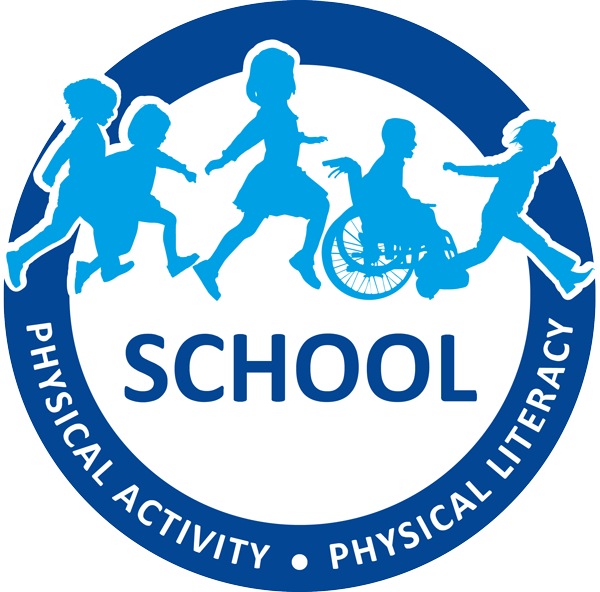For educators, short movement breaks throughout the day can help develop students’ physical literacy, improve focus and increase learning. But it can be a challenge to find a variety of activities that your students will enjoy that still encourage the development of physical literacy through fundamental movement skills.
Here, we share five easy and fun movement breaks you can do with your students to give them a reset during the school day and encourage their development of physical literacy.
Are you looking for more activities? The Movement Activity Cards available for free on our website feature dozens of games to incorporate in your classroom, including those listed below:
Balance Clock
Students start by balancing on one foot. Next, they swing the raised foot in front and behind them. Once they have mastered that, ask students to swing their foot from side to side across their bodies while standing on one foot. Using their arms as the hands of a clock, can they make 12:00, 3:00, 6:00, and 9:00.
Challenge: Those that have mastered these balances can try them with their eyes closed.
Desk Olympics
On small pieces of paper, write down various Olympic sports (e.g., swimming, canoeing, cycling, sprinting, rowing, etc.) and place them in a bucket or hat. Draw one of the sports out and have students do that sport for 20 seconds while staying at their desks.
Try doing a few desk Olympic sports during the movement break.
Challenge: Can they do the sport using five or more parts of their bodies?
Skier Jumps
Have students stand with their feet together. They jump from side to side, swinging their arms up with each jump, and land with their knees bent.
Challenge: How many Skier Jumps can they do in 30 seconds?
Place Value Movements
Try this fun way to reinforce place values. Give students an exercise and a number. For example, say “jumping jacks” and “698”. Then, tell them to do the number of jumping jacks in the 10s column.
Depending on the age of the students, use larger or smaller numbers. Change the exercise frequently.
Ball and Cup Catch
Give each student a small ball (e.g., table tennis ball, plastic ball, or tennis ball) and a cup. Students throw the ball up and catch it with the cup. This activity works hand-eye coordination.
Challenge: Ask students to practice this while standing on one foot. Try throwing the ball with the non-dominant hand. Create a large circle of students. Give the ball to one person to toss across the circle to a friend. They are to call out the student’s name, who is to catch the ball in their cup.
For more activities, download the Movement Activity Card set and look through our Classroom Resources, School Resources and Additional Resources.


